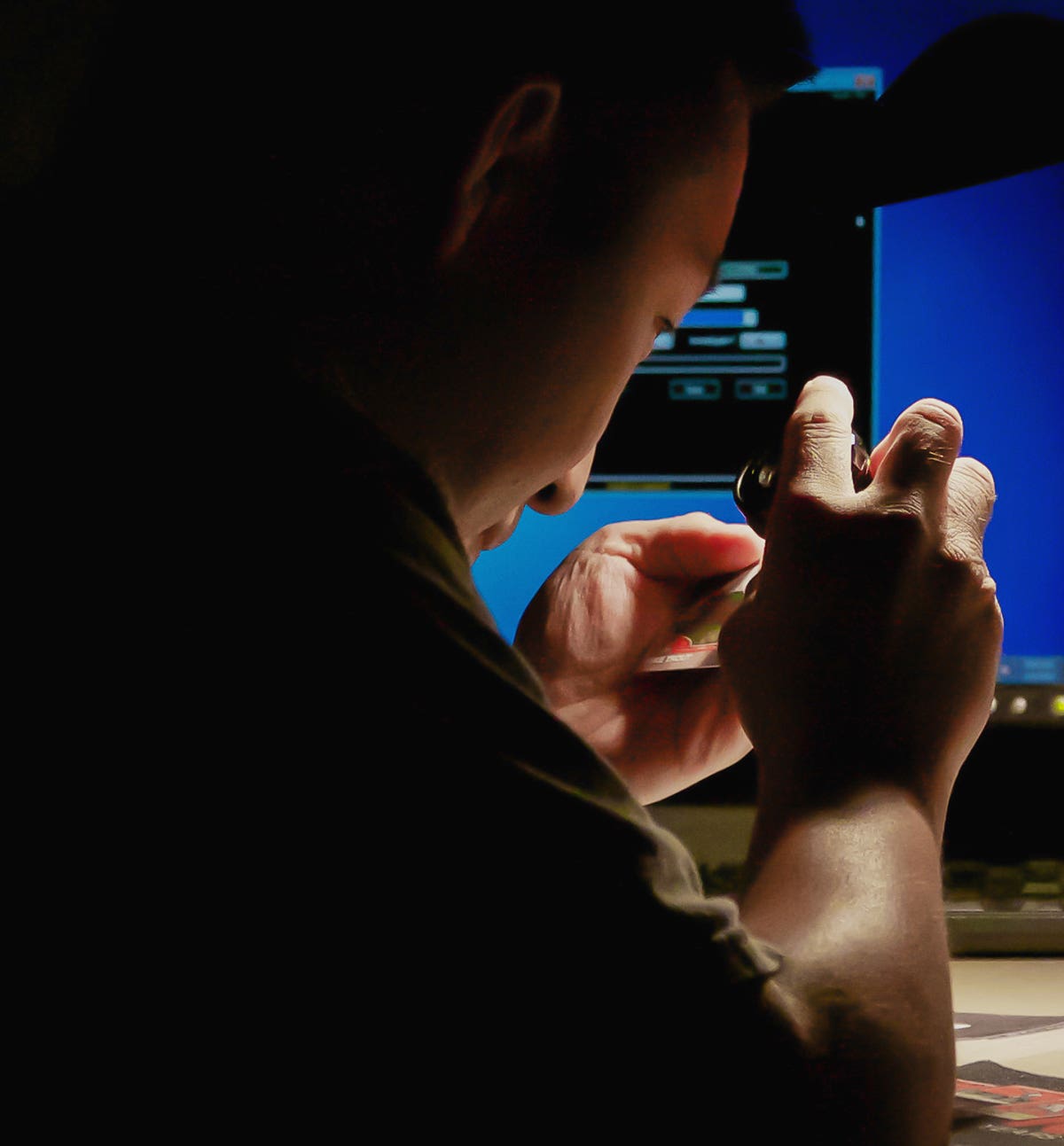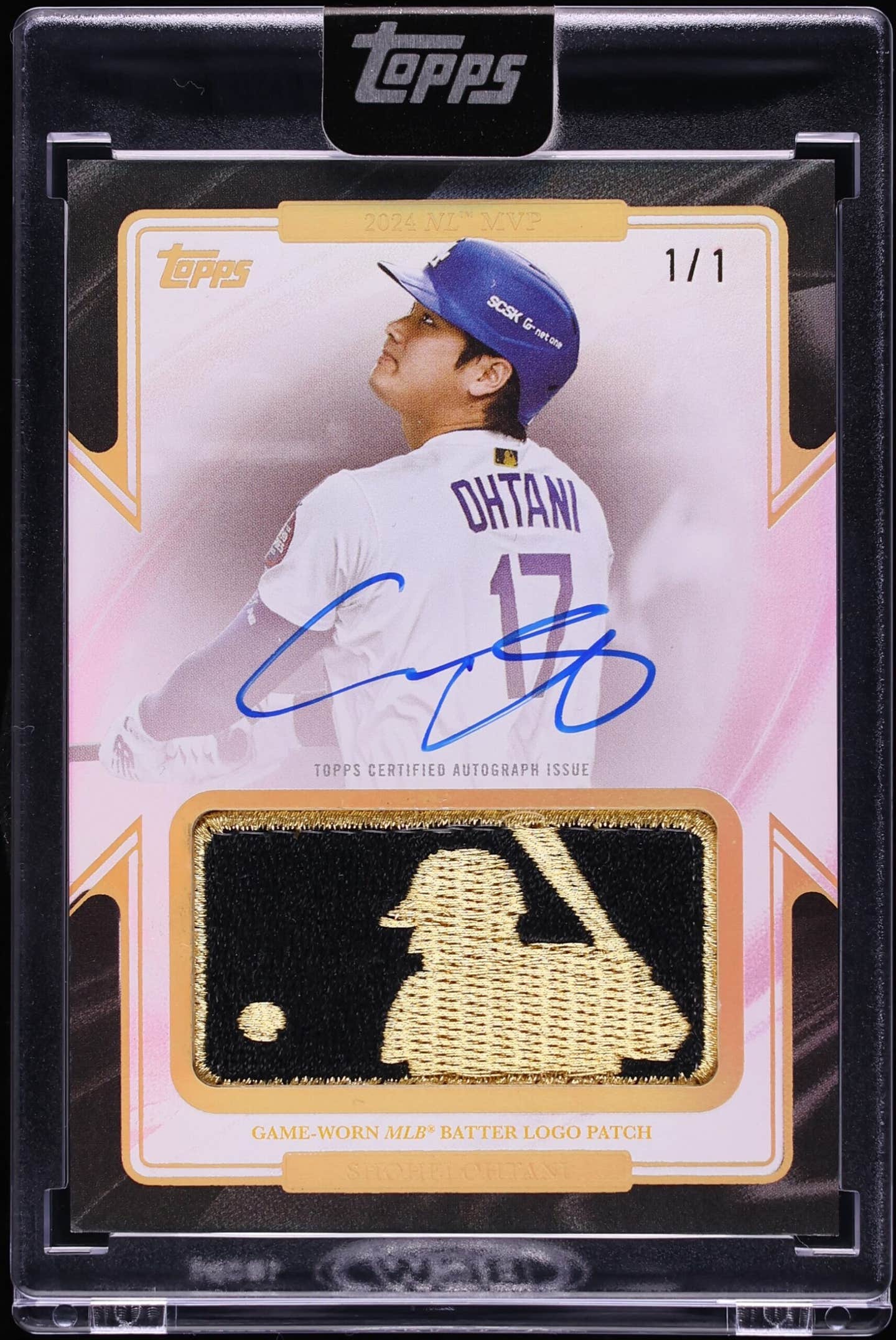News
Baseball Reliquary Announces Shrine of the Eternals 2013 Electees
The Board of Directors of the Baseball Reliquary Inc., a Southern California-based nonprofit organization dedicated to fostering an appreciation of American art and culture through the context of baseball history, is pleased to announce the 15th class of electees to the Shrine of the Eternals. The Shrine of the Eternals is the national organization’s equivalent to the Baseball Hall of Fame.
Manny Mota, Lefty O’Doul and Eddie Feigner were elected upon receiving the highest number of votes in balloting conducted during the month of April 2013 by the membership of the Baseball Reliquary. The three electees will be formally inducted into the Shrine of the Eternals in a public ceremony on July 21 at the Donald R. Wright Auditorium in the Pasadena Central Library, Pasadena, Calif.
Of the 50 eligible candidates on the 2013 ballot, Manny Mota received the highest voting percentage, being named on 37% of the ballots returned. Following Mota were Lefty O’Doul with 35% and Eddie Feigner with 33.3%. Runners-up in this year’s election included Bo Jackson (32.6%), Don Zimmer (32.6%), Dizzy Dean (31%), Glenn Burke (29%), Sy Berger (28%), Steve Bilko (27%), Rocky Colavito (24%), and Charlie Finley (24%).
Elected to the Shrine of the Eternals in his sixth year on the ballot, Manny Mota ranks as one of the greatest pinch-hitters of all time. Successful pinch-hitters are rare, as it takes a special player to sit on the bench and wait for the chance – just the chance, by no means a certainty – to come to bat with the game on the line. Mota had the talent and the psychological makeup to weather the pressure of this responsibility. In fact, as a tribute to his exceptional skills as a pinch-hitter, it was said that Mota could wake up on Christmas morning, step into the box, and rip a single to right.
Born in the Dominican Republic in 1938, Mota debuted as an outfielder with the San Francisco Giants in 1962, playing with and learning from stars like Willie Mays, Felipe Alou and Orlando Cepeda. The right-handed batter continued his career with the Pittsburgh Pirates, the Montreal Expos and, most notably, the Los Angeles Dodgers, primarily as a fourth outfielder and pinch-hitter. During his time with the Dodgers (1969-82), Mota was frequently called upon to pinch-hit, and to coach younger batters. He appeared in four World Series with Los Angeles, ultimately retiring with a .304 career average and the all-time record for pinch hits (150), a mark since broken by Lenny Harris and Mark Sweeney. Between 1980-2012, Mota served as a coach with the Dodgers, the longest-tenured coach in the team’s history; his 33 consecutive years as a coach is second in longevity only to Nick Altrock, who spent 42 years as a coach for the old Washington Senators.
Now 75 years of age, Mota remains an active force within the Dodgers organization and the community. He serves as a minor league hitting instructor and lends his expert analysis to the Dodgers’ Spanish-language television broadcasts. Mota and his wife Margarita operate the Manny Mota International Foundation, a humanitarian organization that provides resources and assistance to disadvantaged youth in both the Dominican Republic and the United States.
Elected to the Shrine of the Eternals in only his second year on the ballot, Francis “Lefty” O’Doul (1897-1969) was born and raised in San Francisco, and became one of the greatest sports legends in that city’s history, his fame eclipsed only by Joe DiMaggio, and that just by a smidge. Lionized as one of the greatest managers in minor league history, and recognized as a key figure in the development of professional baseball in Japan, O’Doul was comfortable wearing many hats, but always favored green suits. O’Doul started his baseball career in the Pacific Coast League with the hometown San Francisco Seals. He enjoyed minor success as a relief pitcher with the New York Yankees and Boston Red Sox in the early 1920s, but switched to the outfield after developing a sore arm. Traded from the New York Giants to the Philadelphia Phillies in 1929, O’Doul exploded with one of the lustiest batting seasons in baseball history, pacing the National League with a .398 average, 254 hits, 32 homers, 122 RBI, and 152 runs scored. He won another batting championship with Brooklyn in 1932, and lucked out a year later after an early season trade back to the Giants, who went on to win the World Series in 1933.
Returning to San Francisco, he was hired to manage the PCL Seals in 1935, just in time to tutor a young phenom named Joe DiMaggio in the finer points of the game. He managed the Seals through 1951, winning five championships, including an impressive skein of four-in-a-row from 1943 to 1946. He continued managing with other franchises in the PCL through the 1950s, retiring in 1957. He visited Japan on goodwill baseball tours throughout the 1930s, leading instructional sessions, touring with American teams, and organizing reciprocal visits to the U.S. by Japanese players.
In 2002, he was elected to the Japanese Baseball Hall of Fame in recognition for his promotion of the sport. Shortly after retiring from managing, he embarked at age 60 on a new career as a restaurateur, opening and operating Lefty O’Doul’s, a legendary San Francisco watering hole and just possibly the very first sports bar in America. “The Man in the Green Suit” suffered a stroke in 1969 and died shortly thereafter at age 72.
Elected to the Shrine of the Eternals in his thirteenth year on the ballot, Eddie Feigner (1925-2007) was born an abandoned baby in Walla Walla, Wash, and grew up to become the single greatest ambassador the sports world has ever known. “The King” was not only the most legendary softball player who ever lived, but he also possessed the greatest right arm in sports history. For 60 years, Feigner’s four-man barnstorming team, “The King and His Court,” annually toured 400 towns and cities across the nation, competing against the best full nine and 10-man squads that could be assembled.
Feigner’s lifetime stats are a testament to a pitching arm that was a wonder of anatomical science: he recorded 140,000 strikeouts, while amassing 9,700 wins, 930 no-hitters, and 238 perfect games. In his prime, Feigner’s fastball was clocked at 104 mph, and getting a hit off him was enough to make one a local celebrity. During Feigner’s heyday in the 1940s and ‘50s, when professional softball was a major sport, he made more money than any big league player. While pitching behind his back, through his legs, blindfolded, and from second base, Feigner dazzled more than 200 million fans in person – including those in every major league stadium – and uncountable more on national TV shows. In the early days of ESPN , footage of Feigner blowing away batters was regularly shown during rain-delayed broadcasts of big league games.
John Bateman, a major league catcher from 1963 to 1972, who caught Sandy Koufax, Bob Gibson, and Nolan Ryan, and later joined “The King and His Court,” has said that Feigner pitched the fastest of the bunch. Hall of Famer and longtime baseball broadcaster Joe Morgan called him “the greatest pitcher of all time.” Feigner’s most incredible feat took place at Dodger Stadium in 1967 during a nationally televised softball exhibition game when he consecutively struck out All-Stars Maury Wills, Harmon Killebrew, Brooks Robinson, Willie Mays, Willie McCovey, and Roberto Clemente. During the game he also fanned Pete Rose twice for good measure. “It was a mismatch,” Feigner recalled. “A baseball batter has no concept of how to hit a fastball that rises like mine, or sliders and curves that break 18 inches.”
A stroke in 2000 ended Feigner’s playing career at age 75. He continued to tour with the team, however, delighting crowds with his wry and colorful play-by-play announcing. In the summer of 2006, Feigner sometimes rose from his wheelchair to throw a pitch or two, despite dementia and a succession of strokes and heart attacks. A master showman who hoped his fans would remember him “as an honest, sincere performer who always put on a good show,” Feigner died of respiratory complications in 2007.
Manny Mota, Lefty O’Doul, and Eddie Feigner will join 42 other baseball luminaries who have been inducted into the Shrine of the Eternals since elections began in 1999, including, in alphabetical order, Jim Abbott, Dick Allen, Roger Angell, Emmett Ashford, Moe Berg, Yogi Berra, Ila Borders, Jim Bouton, Jim Brosnan, Bill Buckner, Roberto Clemente, Steve Dalkowski, Rod Dedeaux, Jim Eisenreich, Dock Ellis, Mark Fidrych, Curt Flood, Ted Giannoulas, Josh Gibson, Jim “Mudcat” Grant, Pete Gray, William “Dummy” Hoy, Shoeless Joe Jackson, Bill James, Dr. Frank Jobe, Bill “Spaceman” Lee, Roger Maris, Marvin Miller, Minnie Minoso, Buck O’Neil, Satchel Paige, Jimmy Piersall, Pam Postema, Jackie Robinson, Lester Rodney, Pete Rose, Casey Stengel, Luis Tiant, Fernando Valenzuela, Bill Veeck, Jr., Maury Wills, and Kenichi Zenimura.
In the coming weeks, leading up to the Shrine of the Eternals Induction Day on Sunday, July 21, 2013, further details will be announced, including the recipients of the 2013 Hilda Award (named in memory of Hilda Chester and honoring a baseball fan’s exceptional devotion to the game) and the 2013 Tony Salin Memorial Award (presented annually to an individual dedicated to the preservation of baseball history).
Dave Zirin, one of the most original voices to emerge from the field of sportswriting in recent years, will be the keynote speaker for the Shrine of the Eternals 2013 Induction Day. Named one of UTNE Reader’s “50 Visionaries Who Are Changing Our World,” Zirin writes about the politics of sports for The Nation, and is the first sportswriter in the magazine’s nearly 150 years of existence.
Special thanks to Steve Fjeldsted and Albert Kilchesty, the Baseball Reliquary’s Archivist and Historian, for providing biographical information above.








